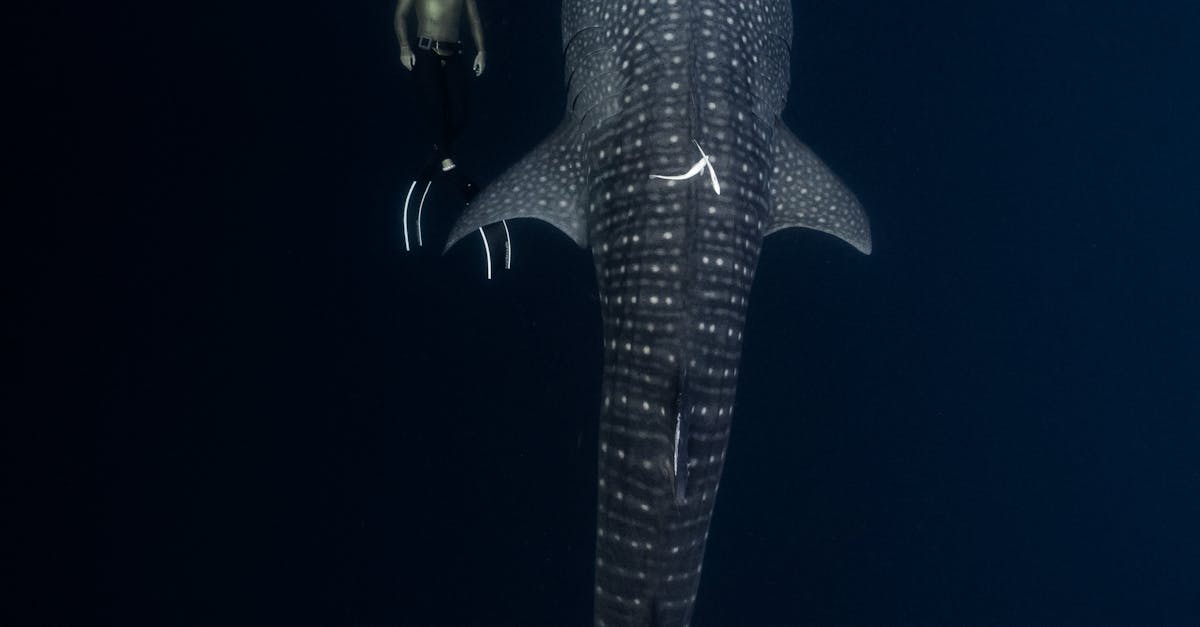Whale sharks, the gentle giants of the ocean, are known for their massive size and unique feeding habits. Despite their name, these remarkable creatures are not whales but rather the largest species of fish in the sea. One of the most intriguing aspects of whale sharks is their teeth. You might be surprised to learn just how many teeth they have and what role these tiny structures play in their survival. In this blog post, we’ll explore the fascinating world of whale shark teeth, providing you with a comprehensive understanding of their anatomy and function.
| Aspect | Details |
|---|---|
| Average Number of Teeth | About 300 |
| Size of Teeth | 1-2 cm long |
| Teeth Shape | Flat and triangular |
| Purpose of Teeth | Assist in filtering food |
| Location of Teeth | In the mouth, no teeth on jaws |
| Regeneration | Teeth can regenerate |
| Comparison with Other Species | Similar to basking sharks |
| Feeding Mechanism | Filter-feeding |
| Habitat | Tropical and warm waters |
| Conservation Status | Vulnerable |
Average Number of Teeth
Whale sharks possess approximately 300 teeth at any given time. This number can vary slightly among individuals, but their arrangement is consistent. These teeth are relatively small compared to the size of the whale shark, which can grow up to 40 feet long or more. Their teeth are not used for chewing but rather play a significant role in their feeding strategy.

Size of Teeth
The teeth of a whale shark typically measure between 1 to 2 centimeters in length. This size is perfect for their filter-feeding lifestyle. Although small, these teeth help the whale shark capture and retain the tiny organisms it feeds on, such as plankton and small fish.

Teeth Shape
Whale shark teeth are flat and triangular in shape, which aids in their feeding technique. The design allows the shark to effectively hold onto slippery prey while swimming through the water. The unique shape is crucial for their survival, as it enhances their ability to filter food from the water column.

Purpose of Teeth
The primary purpose of whale shark teeth is to assist in filtering food rather than for biting or tearing prey like many other shark species. These teeth help to trap plankton and other small organisms as the whale shark swims with its mouth wide open, filtering the water through its gills.

Location of Teeth
Interestingly, whale sharks do not have teeth on their jaws. Instead, their teeth are located in their mouths, arranged in a way that allows them to effectively capture food as they filter feed. The absence of teeth on the jaws is a unique adaptation that sets them apart from many other sharks.

Regeneration
Whale sharks have the remarkable ability to regenerate their teeth. This means that if they lose a tooth, a new one can grow in its place. This regeneration is essential for their feeding strategy, ensuring that they always have the necessary tools to capture their food efficiently.

Comparison with Other Species
Whale shark teeth are somewhat similar to those of basking sharks, another filter-feeding species. Both species have evolved to possess teeth that are not used for predation but rather for capturing small prey in their watery environment. This similarity highlights the evolutionary adaptations these species have made to thrive in their respective niches.

Feeding Mechanism
Whale sharks are filter feeders, which means they consume small organisms by swimming with their mouths wide open and filtering the water through their gills. Their teeth help to retain food as it passes through, ensuring they can consume the maximum amount of nutrients available in their environment. This feeding mechanism is one of the reasons why whale sharks are often found in nutrient-rich waters.

Habitat
Whale sharks inhabit tropical and warm waters around the globe. They are often found in coastal areas, where food sources are abundant. Their preference for warmer waters is linked to their feeding habits, as these regions typically have a higher concentration of plankton and other small marine life.

Conservation Status
Whale sharks are currently classified as vulnerable by the International Union for Conservation of Nature (IUCN). Their populations are threatened by human activities such as fishing and habitat destruction. Conservation efforts are essential to protect these magnificent creatures and ensure their survival for future generations.

FAQ
How many teeth does a whale shark have?
Whale sharks typically have around 300 teeth at any given time, although this number may vary slightly from one individual to another.
What do whale sharks eat?
Whale sharks primarily feed on plankton, small fish, and other tiny organisms found in the water. They are filter feeders and consume food by swimming with their mouths open.
Are whale shark teeth dangerous?
No, whale shark teeth are not dangerous. They are small, flat, and used primarily for filtering food rather than for biting or tearing.
Can whale sharks regenerate their teeth?
Yes, whale sharks have the ability to regenerate their teeth, which is crucial for their feeding strategy.
What is the conservation status of whale sharks?
Whale sharks are classified as vulnerable, facing threats from human activities such as fishing and habitat loss. Conservation efforts are ongoing to protect them.
References: [National Oceanic and Atmospheric Administration (NOAA)](https://www.noaa.gov) | [World Wildlife Fund (WWF)](https://www.worldwildlife.org) | [International Union for Conservation of Nature (IUCN)](https://www.iucn.org)
